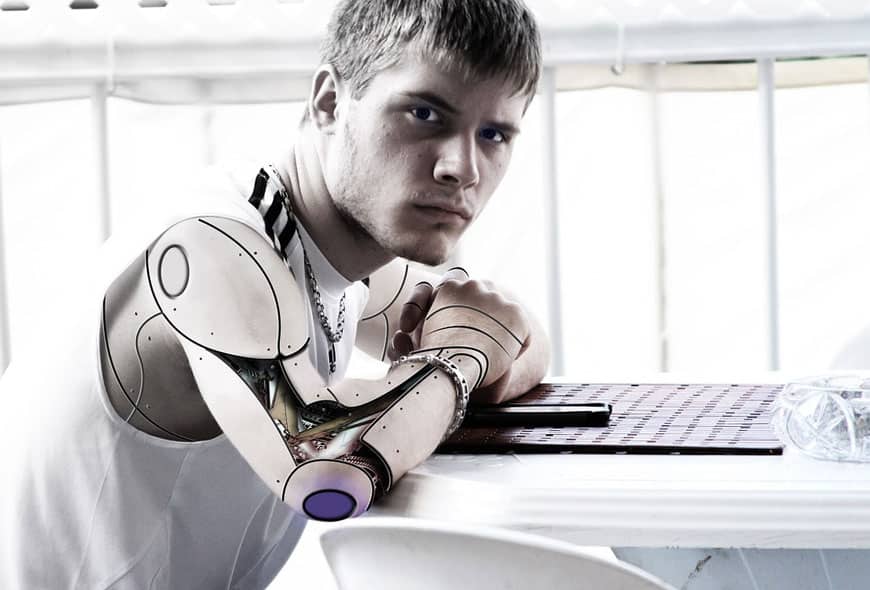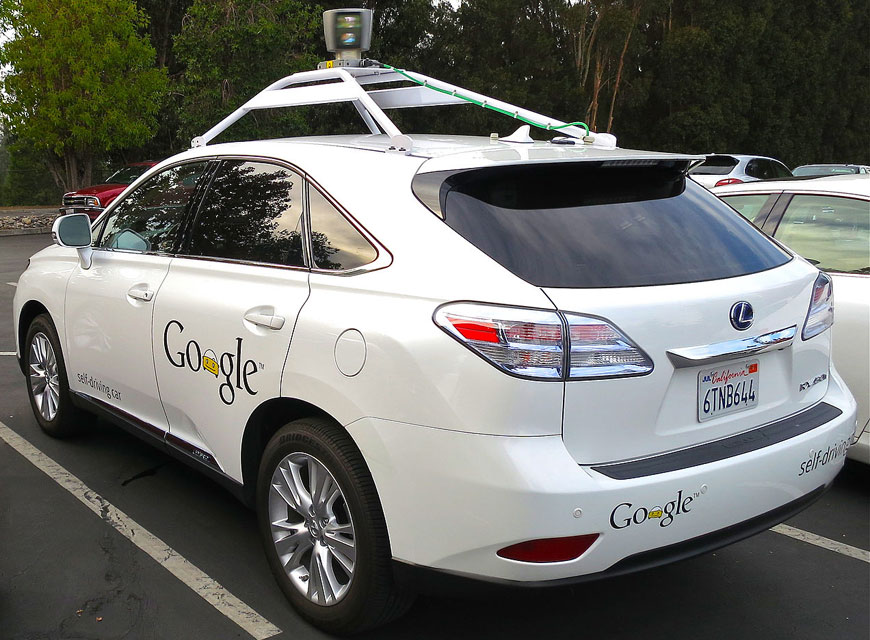October 21, 2015 is the day that Marty McFly and Doc Brown arrived in the future in Back to the Future II. That day was a shock to Marty with shoes that tied themselves, flying cars, robots, hoverboards, Mad Max themed clothing, and a showing of Jaws 19.
We haven’t exactly reached all of these milestones, but some super-futuristic technology is actually a reality to millennials today. Pop culture references to smart tech or spy gadgets have been rampant in popular television and movies such as Star Trek, Star Wars, Back to the Future, The Fifth Element, Batman, iRobot, and The Hunger Games. Many of these films depict technology that we currently use or have surpassed.
In reality, most people don’t have robots, write with 3-D pens, or own self-driving cars, but the technology does exist even if it isn’t commonplace. There was a time when having a television in your home was a big deal, so don’t lose hope for your hoverboard. So much technology that seemed unrealistic just a few years ago has evolved in a very short time span.
The Future is Here
Robots
One staple for the future according to many pop culture references is the existence of robots. While we may not have an R2 Unit from Star Wars or a household robot like Rosie from The Jetsons, robots are a very real part of today’s society. Robotics is a branch of engineering and computer science that deals with the design of robots. It’s huge in today’s society ranging from humanoid robots, industrial robots, and mobile robots. We have drones, a rover on Mars, robotic limbs, and a slew of other robotic technology being used worldwide. Drones, for instance, aid in hurricane research, help track disease, and aid law enforcement, among others. Robots like those used in iRobot might not be real quite yet, but Roombas most certainly are.
Hoverboards
Kids aren’t running around the streets with hoverboards instead of skateboards just yet, but the technology finally exists. In June of 2015, Lexus released a video showing the hoverboard they developed that works using liquid-nitrogen-cooled superconductors and permanent magnets. So far it seems as though these hoverboards can only hover over special metallic surfaces. Perhaps the technology will exist one day for them to travel over any surface, or skate parks will be made out of the special metallic surface, but the technology to levitate off the ground is still pretty amazing. Perhaps Back to the Future is right on this one and they won’t work over water.
3D Technology
It’s not just 3D films that have a hold on 3D technology any longer; 3D pens and 3D printers are not only realities in technology but are also more accessible to consumers than other types of new technology. The 3D pen was first released back in 2013 and shared the amazing technology to draw tangible models that were in three dimensions. In 2015 a new model of the same technology came out that was just a little more comfortable and user friendly for the everyday consumer. Similarly, the 3D printer tangibly creates three dimensional objects but from a digital file. When the technology was first created it was extremely expensive and not readily available to the public, but the latest 3D technology is accessible to the public. We aren’t exactly printing copies of humans like in The Fifth Element quite yet, but maybe someday.
Self-Driving Cars
Driverless cars are a huge sign of futuristic technology. Imagine a world where seniors can still drive, drunk driving is a non-issue, and distracted driving is mere history. Google has started the self-driving car project that makes this technology a reality. So far the self-driving car isn’t available for the public but the plan is to release it to the public in 2017. Google’s self-driving car doesn’t quite match the self-driving car in Total Recall that had a robot driver but it does resemble the driverless car in iRobot. Flying cars might be the final step for cars in the future like in Spinners or Back to the Future, but our technology hasn’t exactly reached that peak quite yet.
Cell Phones
Cell phones have been around since 1973, but not cell phones like what all of us carry around in our pockets every day. There are a lot of aspects about the technology in our cell phones that are referenced in futuristic movies and television. Our phones have touch screen technology, artificial intelligence, moving photos, cloud storage, and are more similar to a computer than a telephone. In Star Trek they have handheld communicators as well as wrist-worn communicators much like our cell phones and smartwatches. 2001: A Space Odyssey shows the use of technology shockingly similar to the iPad. Our technology not only resembles the technology from these futuristic references, but it has surpassed it.
With every passing year the technology in our society continues to grow at an alarming rate, faster than technological growth ever has before. According to many pop culture references for what the future would hold it seems we’ve made it: it is the future. We have hoverboard technology, 3D pens, robots, the technological advancements in our cell phones, and cars that drive themselves. Other than flying cars, robot friends, and terrible outfits, what will the next advancements be?


